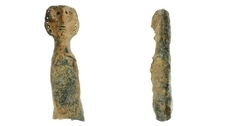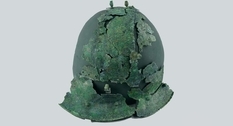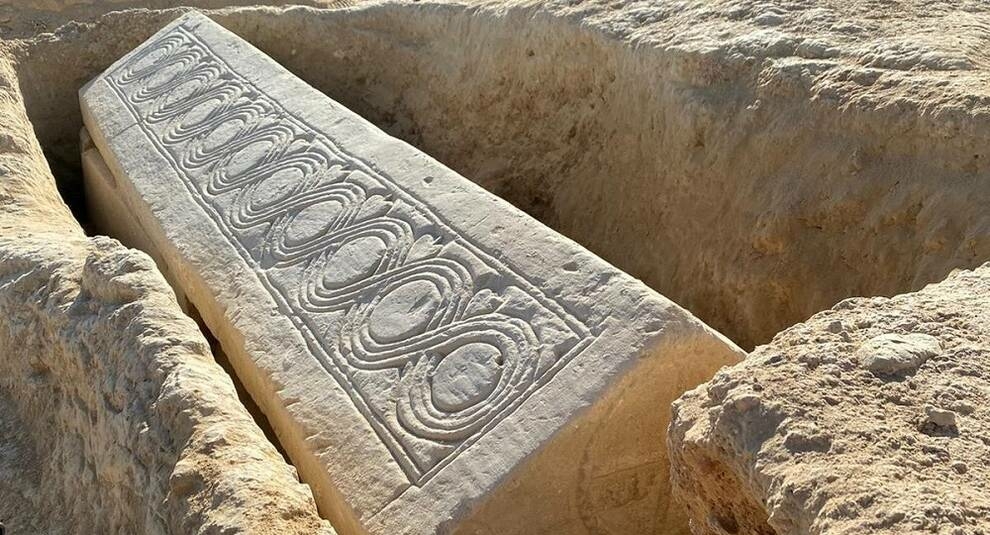
A sarcophagus of the VI century was discovered in the south-east of Spain
In the Spanish municipality of Mula, which is part of the province of Murcia, a Visigothic sarcophagus decorated with patterns in the form of concentric curls was discovered. The length is about two meters, the lid has a pointed shape. At one end, in the place where the head of the deceased was located, there is a chrysma - a monogram of the name of Christ, consisting of two crossed letters of the Greek alphabet: X (chi) and R (ro). The artifact is dated to the VI century, is the only such sarcophagus found in the south-eastern part of Spain.
For fifteen hundred years, the sarcophagus was located on the territory of the Roman villa Los Villaricos, built in the I century on the left bank of the Mula River. This is one of the largest ancient Roman estates preserved in Murcia – an area known for its rich natural resources. In the III century, the villa was expanded, and by the end of the V century, it was already abandoned due to the occupation of the territory of Spain by the Visigoths. Those residents who stayed to live here turned the complex into a place of Christian worship, part of the structure was used as a burial room.
As a result, the villa turned into a necropolis with tombs of the V–VII centuries, most of which are quite modest, stone-lined tombs. Sometimes fragments of tiles and ceramics were used to decorate the graves. Therefore, the discovery of such a sarcophagus was a surprise for researchers. Under the lid rested the remains of a man, which were withdrawn for further study. The sarcophagus is planned to be displayed in the Museum of Ciudad de Mula.
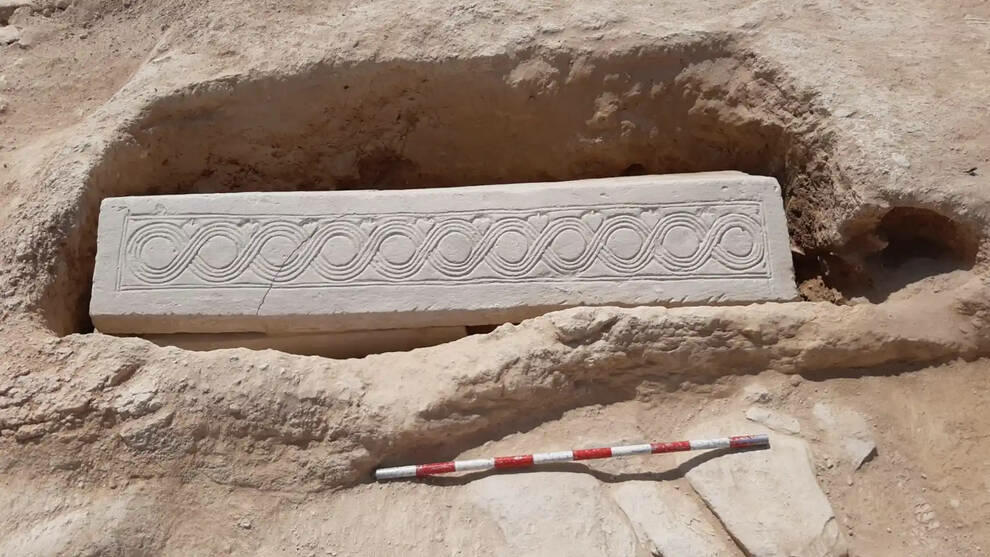
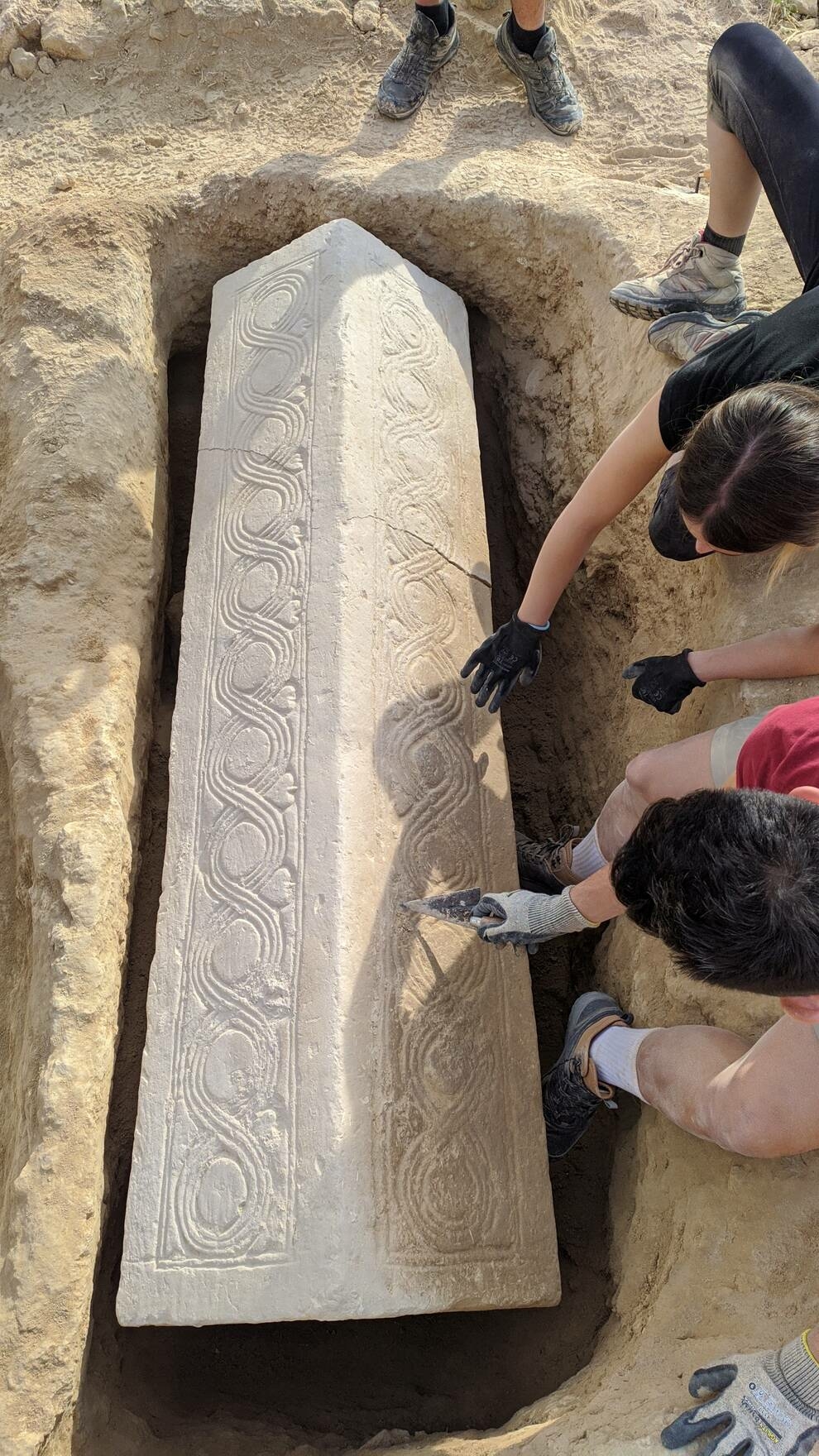
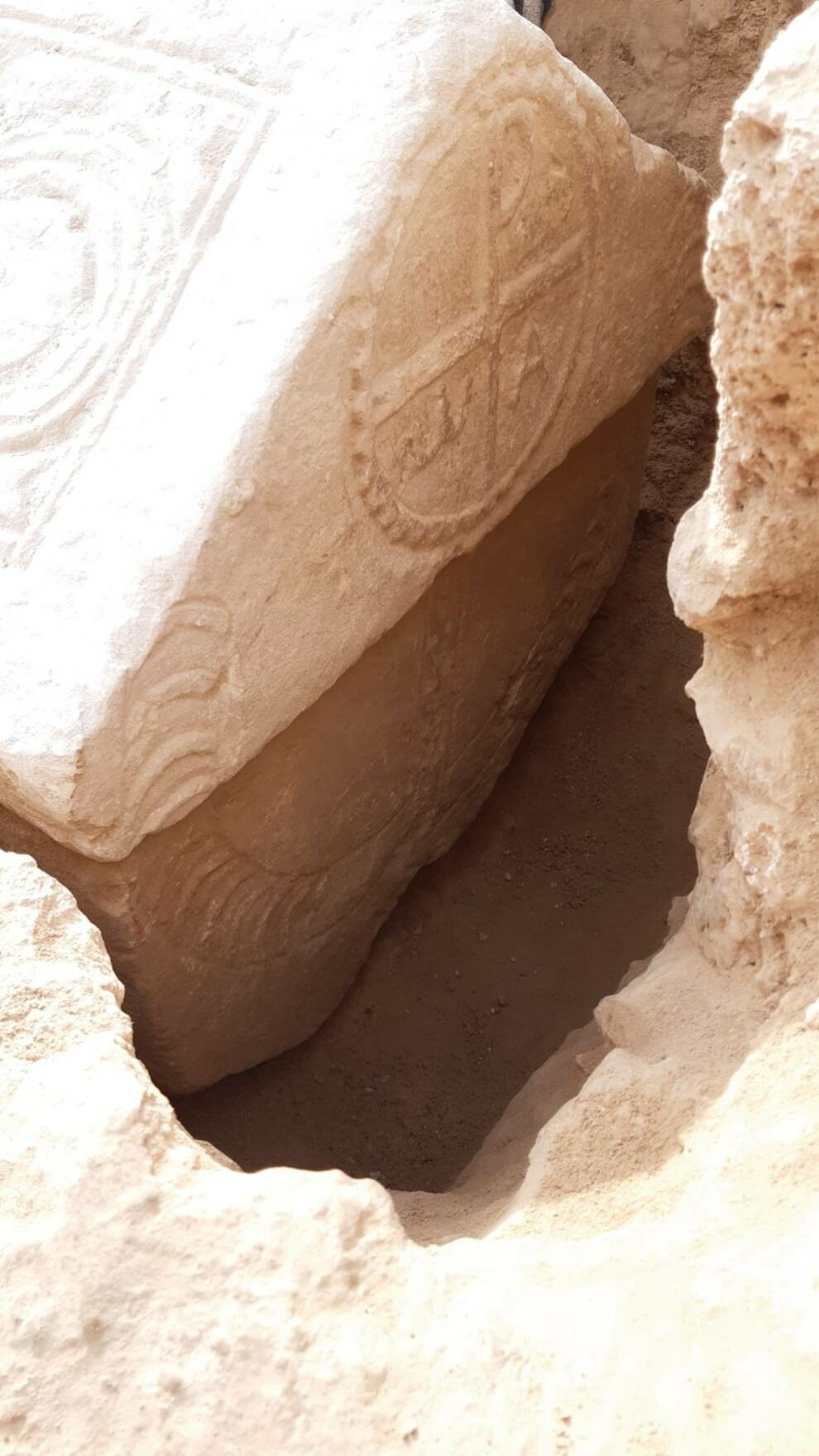
For fifteen hundred years, the sarcophagus was located on the territory of the Roman villa Los Villaricos, built in the I century on the left bank of the Mula River. This is one of the largest ancient Roman estates preserved in Murcia – an area known for its rich natural resources. In the III century, the villa was expanded, and by the end of the V century, it was already abandoned due to the occupation of the territory of Spain by the Visigoths. Those residents who stayed to live here turned the complex into a place of Christian worship, part of the structure was used as a burial room.
As a result, the villa turned into a necropolis with tombs of the V–VII centuries, most of which are quite modest, stone-lined tombs. Sometimes fragments of tiles and ceramics were used to decorate the graves. Therefore, the discovery of such a sarcophagus was a surprise for researchers. Under the lid rested the remains of a man, which were withdrawn for further study. The sarcophagus is planned to be displayed in the Museum of Ciudad de Mula.

Photo © www.thehistoryblog.com

Photo © www.thehistoryblog.com

Photo © www.thehistoryblog.com
